★★½
“More of a damp squib than dynamite.”
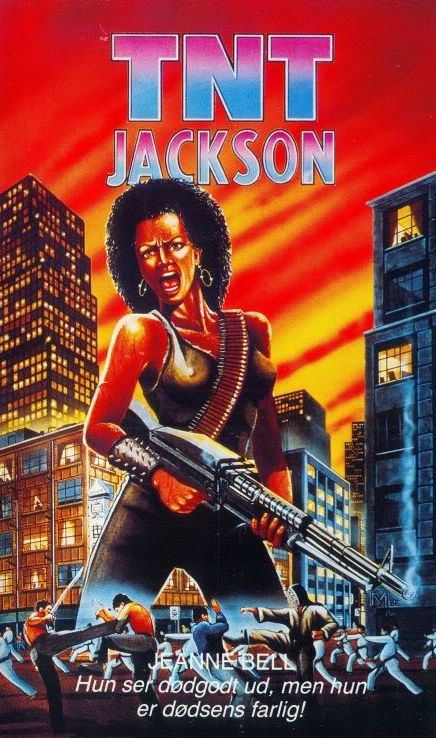 Described in 1975 by no less than Roger Ebert as, “easily the worst movie I’ve seen this year,” Jackson concerns the investigation of the titular T.N.T. (Bell) into the disappearance of her brother in Hong Kong. It seems to have something to do with the drug-smuggling ring run by Sid (Metcalf), whose minions include Elaine (Anderson), who might not be quite what she seems, and Charlie (Shaw), the only person in Hong Kong whose Afro can rival TNT’s for size, firmness or general Afro-tastic quality. Someone keeps hijacking Sid’s shipments, so Charlie puts together a team of the colony’s finest fighters to protect it: seeing her chance to get into the organization, T.N.T. auditions and gets a job. However, no everyone is as convinced of her innocence as Sid.
Described in 1975 by no less than Roger Ebert as, “easily the worst movie I’ve seen this year,” Jackson concerns the investigation of the titular T.N.T. (Bell) into the disappearance of her brother in Hong Kong. It seems to have something to do with the drug-smuggling ring run by Sid (Metcalf), whose minions include Elaine (Anderson), who might not be quite what she seems, and Charlie (Shaw), the only person in Hong Kong whose Afro can rival TNT’s for size, firmness or general Afro-tastic quality. Someone keeps hijacking Sid’s shipments, so Charlie puts together a team of the colony’s finest fighters to protect it: seeing her chance to get into the organization, T.N.T. auditions and gets a job. However, no everyone is as convinced of her innocence as Sid.
I wouldn’t go quite as far as the late Mr. Ebert (though the cover on the right likely ranks up there with the very worst visualizations of all time!), but this comes over as a lame imitation of Pam Grier’s genre entries, with a greater emphasis on martial-arts, rather than gunplay or other forms of violence. Which is kinda weird, considering that Bell was previously most famous for being the first African-American woman to be seen on the cover of Playboy. The other oddness here is that it was co-written by cult actor Dick Miller, who had a long career working for Roger Corman, in the likes of Bucket of Blood, and The Little Shop of Horrors. This was the last of his three writing credits; I guess, he figured that after this, things could only go downhill.
There are a couple of scenes of striking brutality – an early arm-breaking and the finale, where she punches her opponent’s heart out – and one, which I’m still trying to figure out if it’s empowering or racist, where T.N.T., keeps turning the lights out because she’s almost invisible in the dark. Well, as long as she doesn’t smile, I guess. The fights are pretty unimpressive, with some painfully obvious stunt doubling for Bell. Truth be told, Anderson probably fares better than the heroine in this category, and the best fight might be between the two of them in a graveyard. However, much of this has not stood the test of time well, and the film desperately needs someone like Grier, to elevate proceedings through sheer force of personality.
Dir: Cirio H. Santiago
Star: Jeannie Bell, Stan Shaw, Pat Anderson, Ken Metcalf
Previously capsule reviewed in the Women Who Kick Butt box-set.






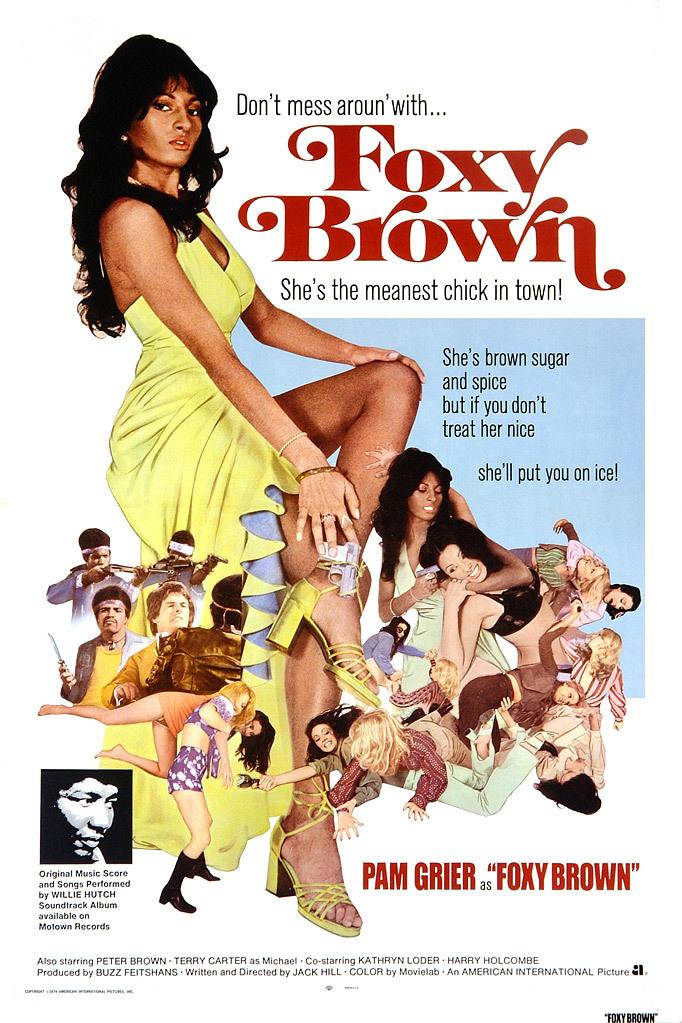
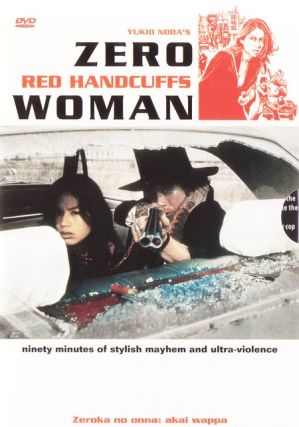 When the series started in 1974, it originally appeared to be trying to take on the Female Convict Scorpion series at its own game – both were inspired by Toru Shinohara manga series. However, going by the fact it took more than two decades for a second entry in the series, I can only presume the commercial returns weren’t anywhere near as strong. This starts off well, with policewoman Rei (Sugimoto) luring in, and then blowing away, the man responsible for torturing and killing another woman. Turns out the perpetrator was a diplomat and in the resulting scandal, Rie is sent to jail. Her chance at redemption comes when a gang of thugs stumble into the kidnapping of the daughter of a politician (Tamba): to avoid a scandal, Rie is offered a pardon if she infiltrates the kidnappers and kills them all. Initially, all goes to plan, with the first member taken out quickly, but it soon becomes clear the other members are rampaging psychos, and the situation rapidly spirals out of control, to the point where the politician yanks his support and orders the deaths of everyone, in the name of damage limitation – including both his daughter and Rie.
When the series started in 1974, it originally appeared to be trying to take on the Female Convict Scorpion series at its own game – both were inspired by Toru Shinohara manga series. However, going by the fact it took more than two decades for a second entry in the series, I can only presume the commercial returns weren’t anywhere near as strong. This starts off well, with policewoman Rei (Sugimoto) luring in, and then blowing away, the man responsible for torturing and killing another woman. Turns out the perpetrator was a diplomat and in the resulting scandal, Rie is sent to jail. Her chance at redemption comes when a gang of thugs stumble into the kidnapping of the daughter of a politician (Tamba): to avoid a scandal, Rie is offered a pardon if she infiltrates the kidnappers and kills them all. Initially, all goes to plan, with the first member taken out quickly, but it soon becomes clear the other members are rampaging psychos, and the situation rapidly spirals out of control, to the point where the politician yanks his support and orders the deaths of everyone, in the name of damage limitation – including both his daughter and Rie.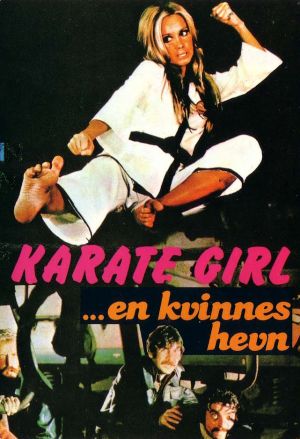 This movie acquired some notoriety last year when a clip of a villain’s death went viral as “Worst death scene ever”, even though it had been edited and had extra audio added for “humourous” effect. Certainly, there’s plenty to mock in this 1974 Turkish revenge flick, which plays like someone heard second-hand descriptions of Thriller: A Cruel Picture and decided the world needed a PG remake. However, while aspects of the execution are without a question shoddy and laughable, it has an interesting story, briskly told, and with a good central character.
This movie acquired some notoriety last year when a clip of a villain’s death went viral as “Worst death scene ever”, even though it had been edited and had extra audio added for “humourous” effect. Certainly, there’s plenty to mock in this 1974 Turkish revenge flick, which plays like someone heard second-hand descriptions of Thriller: A Cruel Picture and decided the world needed a PG remake. However, while aspects of the execution are without a question shoddy and laughable, it has an interesting story, briskly told, and with a good central character.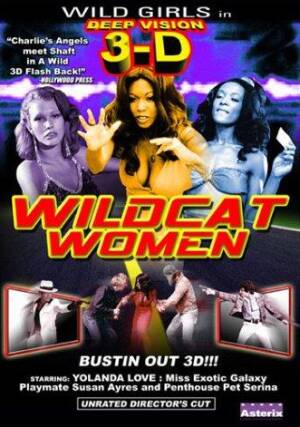 This was also released in a hardcore version as Black Lolita, but I’m not sure if that was 3D or not. Certainly, the DVD delivers about the worst such attempt I’ve ever seen. It’s in color, but also attempts the red/green method (glasses very early, and the only thing to be said for them is, they stop you seeing the film, which on the whole, is probably no bad thing. Lolita (Love) decides to team up with an air-stewardess and a yoga instructress to take down the local Mr. Big, who goes by the name Buddha – even though about all he shares with the Enlightened One is being Asian, since he’s neither fat nor pacifist.
This was also released in a hardcore version as Black Lolita, but I’m not sure if that was 3D or not. Certainly, the DVD delivers about the worst such attempt I’ve ever seen. It’s in color, but also attempts the red/green method (glasses very early, and the only thing to be said for them is, they stop you seeing the film, which on the whole, is probably no bad thing. Lolita (Love) decides to team up with an air-stewardess and a yoga instructress to take down the local Mr. Big, who goes by the name Buddha – even though about all he shares with the Enlightened One is being Asian, since he’s neither fat nor pacifist.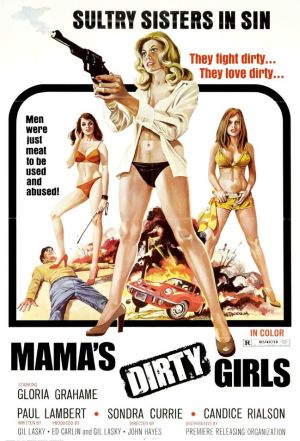 While the title suggests something inspired by Corman’s Big Bad Mama, this is a contemporary tale which, in some ways, is actually closer to Faster Pussycat. It has a great deal more nudity, right from the opening scene in which Becky (Rialson) stares into a mirror, and puts on her bikini-top… very… slowly… However, the titular Mama (Grahame) is nowhere near the level of Varla, and the movie feels more like a pale imitation, despite the additional breasts.
While the title suggests something inspired by Corman’s Big Bad Mama, this is a contemporary tale which, in some ways, is actually closer to Faster Pussycat. It has a great deal more nudity, right from the opening scene in which Becky (Rialson) stares into a mirror, and puts on her bikini-top… very… slowly… However, the titular Mama (Grahame) is nowhere near the level of Varla, and the movie feels more like a pale imitation, despite the additional breasts.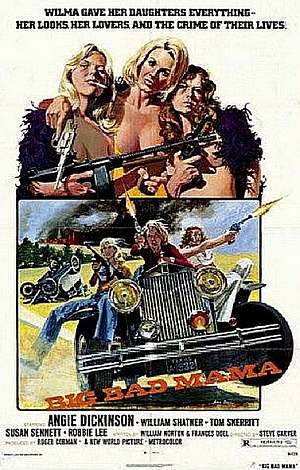 With B-movie entrepreneur Roger Corman getting honoured at the Oscars earlier this month, it seems appropriate to pop on one of his classic productions, starring Dickinson, who was just about to become a star in one of the first shows with a female law-enforcement lead, Police Woman. The truth is, however, that this doesn’t have much more to offer beyond Dickinson: while she holds the film together with her steely resolve, and proves that sexy doesn’t stop at 40, the rest of it offers nothing as substantial. It’s a basic enough plot: she plays Wilma McClatchie, a single mom bringing up her two teenage daughters in Depression-era rural America. They fall into a life of crime, in part because they happen to be trying to cash a fraudulent check in a bank when it gets robbed by Fred Diller (Skerritt). They also team up with gentleman con-artist William Baxter (Shatner), but things go awry when they pull of their last big heist, kidnapping the daughter of a millionaire.
With B-movie entrepreneur Roger Corman getting honoured at the Oscars earlier this month, it seems appropriate to pop on one of his classic productions, starring Dickinson, who was just about to become a star in one of the first shows with a female law-enforcement lead, Police Woman. The truth is, however, that this doesn’t have much more to offer beyond Dickinson: while she holds the film together with her steely resolve, and proves that sexy doesn’t stop at 40, the rest of it offers nothing as substantial. It’s a basic enough plot: she plays Wilma McClatchie, a single mom bringing up her two teenage daughters in Depression-era rural America. They fall into a life of crime, in part because they happen to be trying to cash a fraudulent check in a bank when it gets robbed by Fred Diller (Skerritt). They also team up with gentleman con-artist William Baxter (Shatner), but things go awry when they pull of their last big heist, kidnapping the daughter of a millionaire.